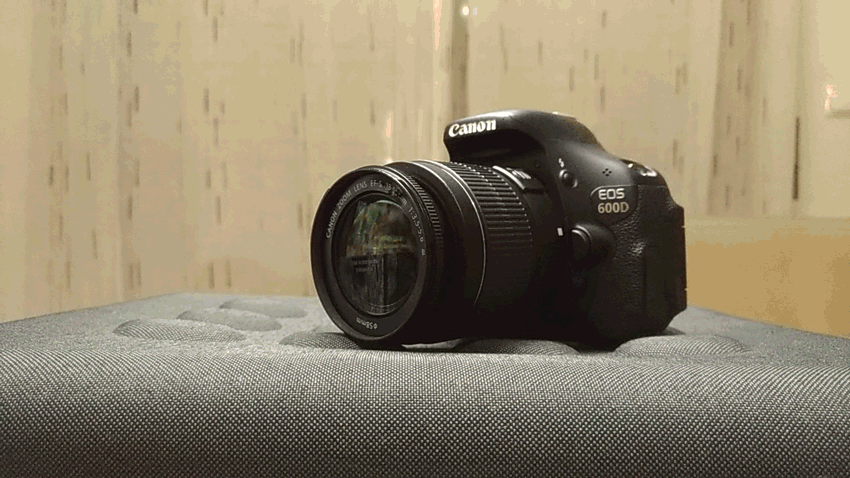"SS" Santiago Shell | Technical Description of Macro Photography Session

Hi everybody :)
The images captured in this macro photography session feature a Santiago shell as the central object, analyzed in detail to highlight its formal and material characteristics. The background of the composition appears intentionally blurred, with abstract contrasts in dark tones, creating a visual atmosphere that highlights the object and adds depth to the frame. This technical choice allows the main subject to be isolated, directing attention to the surface and nuances of the shell.
The texture is rough and irregular, composed of several layers that reflect the natural process of growth and deposition of calcareous material over time. These stratifications are visible in lines and undulations that run across the surface, producing a subtle yet expressive relief that captures the light differently and accentuates the three-dimensionality of the form.
The color palette is dominated by warm, earthy tones, orange, burnt yellow, and white, distributed organically and naturally. This color combination creates a balance between luminosity and contrast, giving the object a vivid and harmonious appearance. The transitions between shades are smooth, reinforcing the natural character of the material and contributing to the aesthetic reading of the image.
Let me present today’s model:












Technical Description of Macro Photography Session
Camera Settings
Focus Mode: Manual focus to ensure precision in specific details of the structure.
Aperture: Variable aperture between f/3 and f/5 for adequate depth of field, ensuring all important details are in focus.
ISO: Low ISO setting (400) to minimize noise in images.
Shutter Speed: Adjust shutter speed as needed to avoid underexposure, while maintaining a value that allows you to capture sharp details.
Procedures
- Environment Preparation:
Assembling the macro photography set in a controlled environment, minimizing the presence of dust and ensuring a clean and white surface for positioning the piece. - Section Positioning:
Placing the subject in position that highlight the unique characteristics, using appropriate supports to keep the example stable. - Lighting Adjustment:
Setting the LED lights to provide uniform illumination, adjusting the intensity and angle of the lights to eliminate unwanted shadows. - Image Capture:
Taking multiple shots with variations in aperture settings, shutter speed and capture angle, exploring different perspectives and compositions. - Image Review:
Immediate analysis of images captured on the camera's viewfinder to ensure that all desired details were captured sharply and clearly. - Post-Production Editing:
Importing images into editing software (Adobe Photoshop CS) to adjust brightness, contrast, sharpness and remove any imperfections.


Among the numerous techniques available for macro photography, this method is arguably the most cost-effective and efficient for individuals possessing a camera with a removable lens. By simply detaching the lens and reversing its direction, and employing an inversion ring, the process becomes more manageable and streamlined.
The session is closed for today.
Hope you like it :)

These photos weren't taken with a tripod
Camera - Canon EOS 600D
Lens - EFS 18-55mm
Location - Portugal

See you soon
Thank you for watching
Never forget
The price of anything is the amount of life you trade for it.
Time is life... value yours, make every fraction worth it.
such a lovely photo. A nice work of art. You are a good photographer.